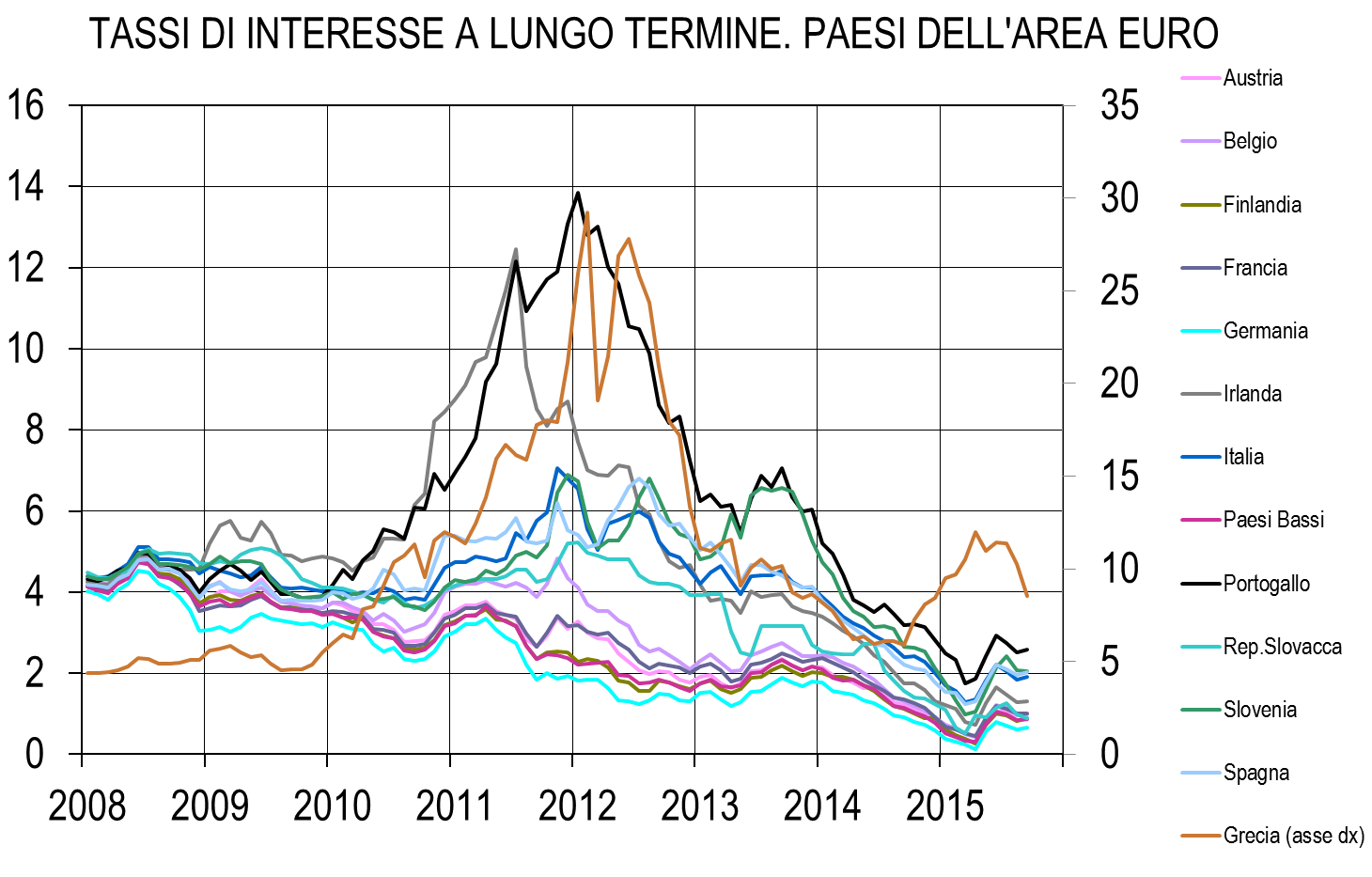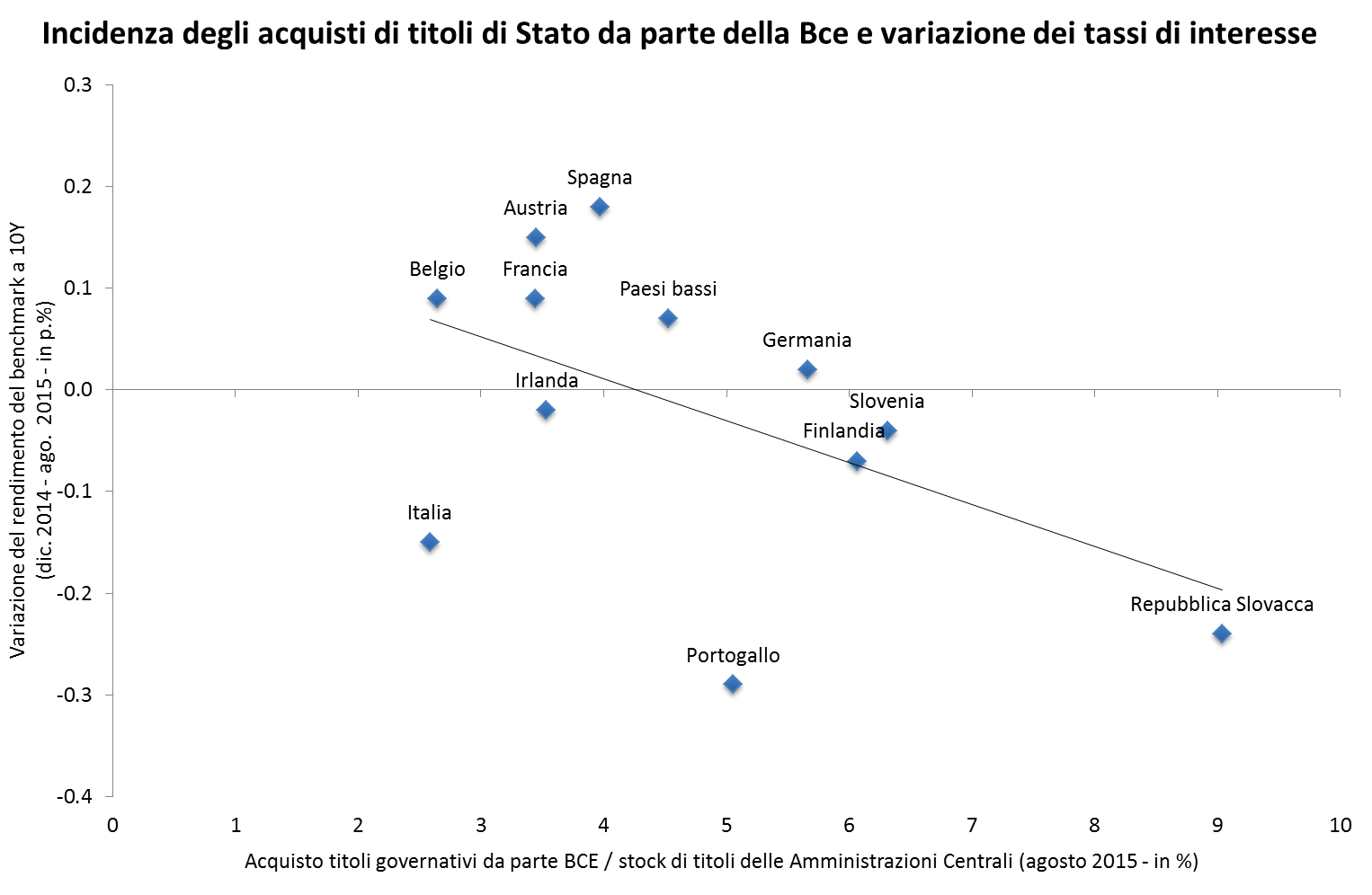1. Summary
The purpose of this article is to provide a first assessment of the impact of the new European Single Supervisory Mechanism (SSM) – mainly in terms of organisational structures and operational practice – on the way banks are organizing and managing their relations (and communications flows) with their regulators, both European and national.
In particular this article intend to assess the abovementioned topic from the point of view of who, in the banking organisation, is statutorily involved in the secretariat tasks, therefore with a holistic, balanced and super partes view of the organization that doesn’t necessarily focus on peculiar risks or control issues.
The article starts with a brief introduction of the new SSM framework, followed by the description of the new rules, tasks, and paths adopted by banks to interact with the European regulator and its “operational arm”, the JST (Joint Supervisory Team). Then, two different organisational answers and examples of their application are introduced, with some pros and cons.
In conclusion, the article deals with some comments about the expected future evolution of the bank-supervisors relationship.
2. Introduction of SSM
The SSM is the new European supervisory banking system, one of the main component of the banking union framework, that came into force on November 4th 2014 primarily with the aim of contributing to the safety and soundness of credit institutions and the stability of the European financial system and to ensure consistent supervision.
Inside the SSM the JSTs operate, which consist of European Central Bank (ECB) and National Competent Authorities (NCA) personal staff managed by an ECB coordinator. Their aim is – under the condition of maintaining proximity and close contact with the banks – to deliver the ongoing supervisory activities in the context of a level playing-field paradigm (reducing national discretions) and with a proportional scope.
The structure of JSTs (and of the specialized technical services that, with the relevant networks of experts at the NCAs, continuously support JSTs daily activity) combines the deep specific knowledge of national supervisors with the broad-ranging experience of the ECB.
Specifically, the double skilled teams (national backgrounds within European common rules and procedures) have assessed the reactivity of the supervised banks on several fronts: Supervisory Review and Evaluation Process (SREP) process and Capital decisions, on-site inspections (especially with regard to model validation and updating), business model analysis and sustainability, risk corporate governance, recovery and resolution plans, different exercises (AQR, Stress test, Transparency exercise) and questionnaire filling focused mainly on credit, market, liquidity and operational risk issues.
The advent of the new regulator and the involvement of professionals from the different NCAs, the application of the best practice approach in designing and performing the supervisory tasks, the implementation of new IT tools (emails security protocols) and the use of the English language in formal communications, all this reveals a huge compliance and organisational effort to implement and deliver a cultural evolution (and, in some cases, revolution), with important consequences especially for the national players with little or no experience at all in managing banking activities in an international prospective.
3. New rules, tasks, ways of interaction for banks and instruments involved
The newborn regulatory system is forcing banks to upgrade their internal control, monitoring and compliance systems in terms of interfaces, rules and procedures, to cover the new European institutions needs and their legal provisions.
Focusing on some examples taken from real life, one area of interest is related to the updating and tracking of all the regulatory information that the different banking expert areas (e.g. Risk Management, Audit, Credit, Finance, Organisation) need to be aware of and apply in order to be fully compliant with the European regulation: specifically and in terms of activities, it consists in identifying, analyzing, recording, organizing and disseminating within the organisation rulebooks, technical standards, operational regulation, Q&As issued by the regulators (often Compliance issues).
Another important issue is the management of daily information requests, details and explanations about management decisions, the filling of questionnaires and financial and capital data reports or the tracking and finalisation of the follow-ups; these requests represent a constant and considerable effort in order to inform and update managers and internal and statutory committees about the most sensitive and strategic topics (Daily Supervision Management issues).
Banks have also to face the consequence of the level playing field attitude – in terms of conduct rules and practices – that the new Supervisors are applying in interacting with all the European banks. The reference here is to the interaction of different cultural and behavioural models, i.e. a strong direct approach instead of a more formal and indirect way of communication, the different sensitivity in the use of the English language and a cogent analytical approach instead of a more comprehensive and synthetic one (Cultural issues).
Taking into consideration the Italian situation, a full one year experience under the new supervisory system has showed that banks have had to cope with a more in-depth and “challenging” way in approaching the supervisors, with the JST’s members taking part in the board of directors meetings, the increased quantity and quality of data requests and analysis and the wider range of units involved in the data management, the use of direct interviews and peculiar exercises, all of this causing ad increasing workload in order to meet the deadlines.
In order to perform all the different tasks, banks have started to develop and implement new instruments, tools and skills (like the ones related to PMO and Data management activities), such as the:
- checklist, to manage SREP Assessment and the related Gap master plan;
- log system, to track and manage feedbacks-follow ups;
- internal tableau, to report to internal stakeholders (Board of directors, Risk Committees, Top managers);
- regulatory DB, for statistics, legal provisions, regulatory internal culture, official report flow I/O;
- portal/e-mail/database system, to circulate the new knowledge;
- track records system, to store and consult the documentation shared with the regulators in a prospective view;
- internal communication protocols, in order to better align Supervisors and Bank views.
In using these instruments and tools, banks often need to minimize the inefficiencies related to the duplication of information flows, originating from the ongoing – but not yet completed – integration of the newborn ECB standards and the still operating NCAs ones.
In the meantime, banks are assessing and implementing different organisational mechanisms in order to better manage and coordinate relations, communications and documentations with the SSM bodies.
4. Different organisational answers: one single access point option vs. coordination mechanisms option
In this context, two organisational and operational alternatives have been identified: the “one single access point option” and the “coordination mechanisms option”.
The first option (one single access point option) is the establishment of a new distinctive unit, a sort of “coordination and controlling room”, whose mission is to manage in a structured and unified way all the relations and “in & out” communication flows between the bank and the supervisory authority, with a direct and intensive role in managing (assembling and checking) the documentation and the databases that support the regulatory interactions.
This new unit could be independent from the existing internal control and operating functions, e.g. positioned in the General Secretariat or in the Legal and Corporate Affairs Department or in staff position with the General Director (even reinforcing existing units with experts from other departments) or – otherwise – it could be organized applying a risk based approach, therefore, locating the new unit within the Risk Management Department (the most affected area of the bank, especially with regards to banks authorized to use internal risk models for regulatory purposes) or the Internal Audit Department (the official institutional interface with the local regulator in accordance with Italian law and Banca d’Italia long lasting practice).
The second option (coordination mechanisms option) requires the definition of an internal framework of provisions (managerial and operational processes and procedures) through which the main actors involved (Risk Management, Internal Audit, Credit, Organisation, Finance) mutually interact and communicate with the authorities in a coherent and standardised way. This option is strictly dependent on the human resources and their backgrounds and, very often, it requires the involvement of a senior reference manager as a sort of high level operative interface between top managers / directors and supervisory bodies’ heads, especially during the on-site inspections.
The two options, that represent reference points to take into consideration in developing the best organisational solution with regards to each specific bank, have a common denominator: in selecting the head of the new unit, namely the Head of Supervisory Affairs (first option) or the reference manager (second option), banks are focusing mainly on senior managers and/or executives with international background and, very often, with previous relevant experience in working for banking or market regulators or supervisors.
5. One single access point option: how to implement it, its pros and cons
The essential requirements of the “access point” unit are (i) the direct access to the top managers, (ii) its variegated pool of skills and competences and (iii) the authority to commit the main involved bank departments in coping with the Supervisors requests accordingly with the set deadlines.
Due to the strong peculiar powers of this unit, a strict, severe and punctual control should be exercised by an independent committee (i.e. the Risk Committee of the Board of Directors). There is also a serious remark of trustworthy in the staff appointed in the new unit in order to align – as much as possible – Top Managers and Supervisors view about the bank.
This new unit could be positioned in different points of the bank’s organisation, such as:
- under the Risk Management or the Internal Audit Departments: this solution ensures the effectiveness in managing the technical flows of requests coming from the ECB, thanks to the direct ownership and knowledge of risk and capital databases and their ability to interact with regulators on technical and regulatory topics. Moreover, the CRO role in facilitating an effective interaction between the Board and the senior management team on core risk culture and governance topics, makes this actor a natural choice as the supervisor of the new unit. Conversely, this solution could be sub-optimal from the point of view of the institutional and political dimension of the regulatory relationship. Furthermore, the direct involvement of an internal control unit could be translated into a very focused approach on specific profiles or priorities (the ones identified during the ordinary activity), lacking in this way the benefits of a more comprehensive approach over the bank;
- under the Segretariat or the Legal and Corporate Affairs Departments: this solution leverages the existing skills, instruments, IT communication systems and practices in managing relations and delivering communications with the national regulators. Furthermore, thanks to the involved Departments organisational position (usually at the dependence of the Board of Directors, the General Director or even the President), this solution is also a guarantee of an institutional and firm wide consistent approach toward the supervisors. At the same time, this solution requests additional investments in terms of human resources and /or their specific training, especially on the risk management and internal control system matters that are central in the supervisory activity.
Moreover, these possible solutions have to be evaluated in connection with the human resources availability constraints, the bank organisational culture and practice and its strong and weak points, which will affect the choice of one option or the other. It depends on what fits better.
6. Coordination mechanisms option: how to implement it, its pros and cons
The choice of a coordination mechanism could be seen as the first step most banks have adopted in the last months in order to cope with the new rules and tasks while, in the meantime, designing and implementing one single access point philosophy.
Alternately, this mechanism could be seen as the final choice in the tools box of middle sized banks, characterized by financial and human resources constraints and with a more oriented attitude toward leveraging effectively existing tools, skills, competences and processes, within a set of common coordination rules and the appointment of a reference manager (or different reference managers for the main topics / projects / tasks).
This option, simple and direct in its nature, needs a great effort in terms of self-discipline and control over some profiles as, e.g., the reputational risks that could arise with regulators. Indeed, a responsibility that is spread over different departments and offices could be translated into a cacophony and sometimes into erratic or misleading (even contradictory) communication flows toward the regulators.
Finally, the pivotal role exercised by the reference manager could develop into a very personalized approach, not reflecting the institutional image and culture.
7. Conclusions
The Banking Union is just a pillar of a more complex process of unification inside the EU that consists of Economic, Financial and Fiscal Union and its democratic accountability corollary.
The implementation of this complex new framework and the related cultural consequences pose very interesting and exciting challenges for the European banking system as a whole and for the specific banks, with new best practices belonging to a more international sphere taking the lead over the “old local” school thinking embedded in national institutions and rules. A new course for Europe and Italy has therefore begun.
The way Italian banks are managing the new relationships with SSM and the future choices in this regard will tell us if they would lead the change, with a cultural and operational evolution and a pro-active attitude, or would passively endure it, without exploiting the best out of this new “world”.
REFERENCES
ECB (4 November 2014), ECB assumes responsibility for euro area banking supervision, Press Release, [https://www.bankingsupervision.europa.eu/press/pr/date/2014/html/sr141104.en.html]
ECB (November 2014), Guide to banking supervision, [https://www.bankingsupervision.europa.eu/ecb/pub/pdf/ssmguidebankingsupervision201411.en.pdf]
BCG The Boston Consulting Group (October 2014), Life Under the New Single Supervisory Mechanism (SSM), Study
European Commission (22 June 2015), Completing the banking union, Factsheet, [http://ec.europa.eu/priorities/economic-monetary-union/docs/single-market-strategy/factsheet-completing-banking-union_en.pdf]







